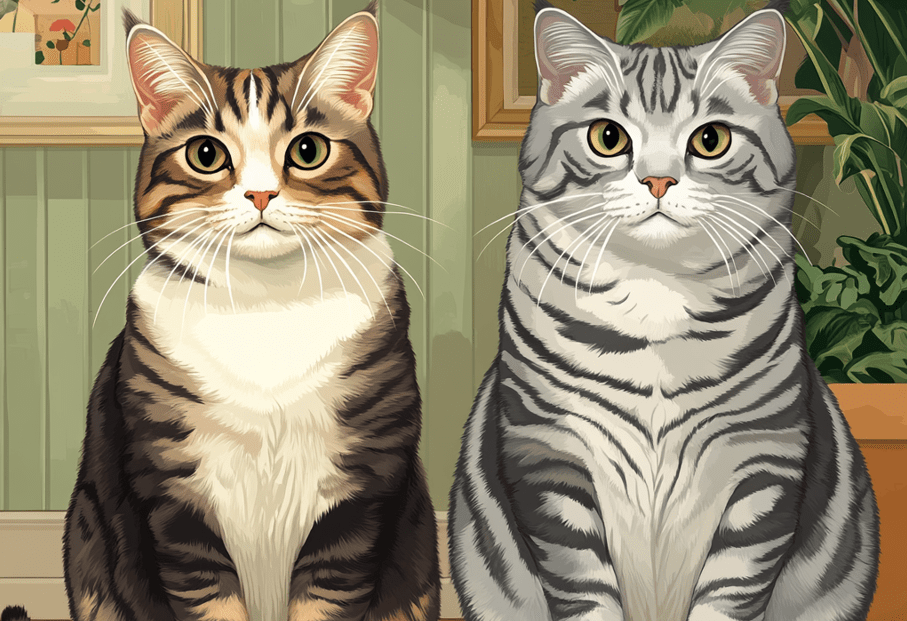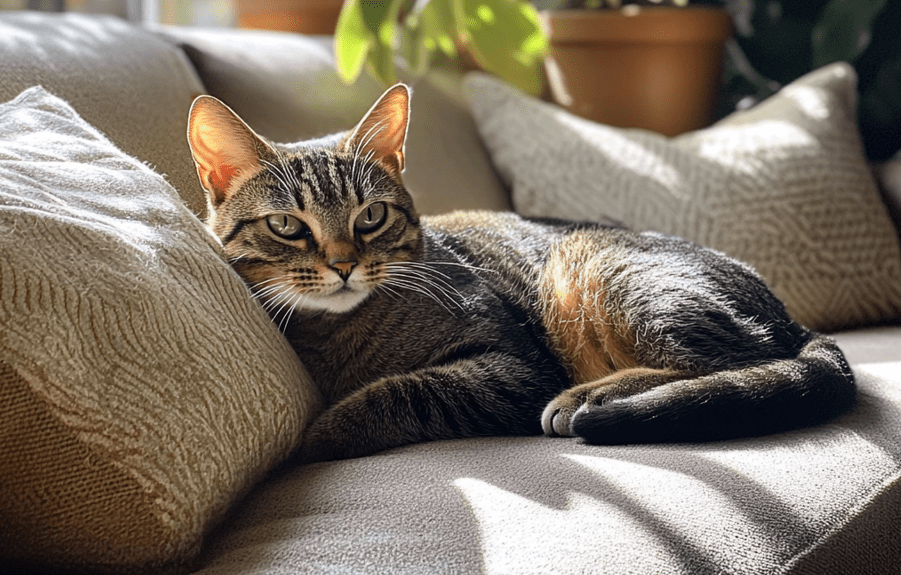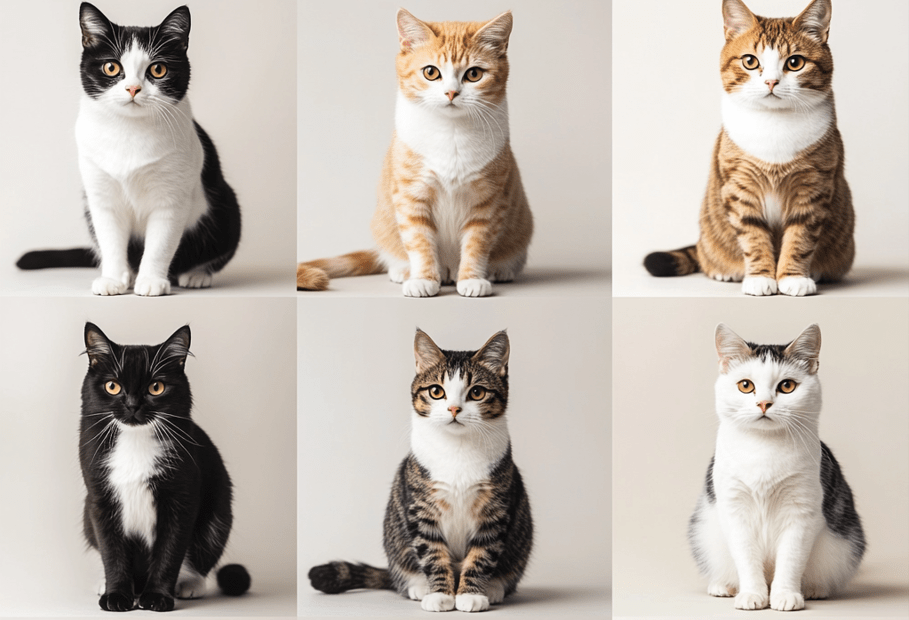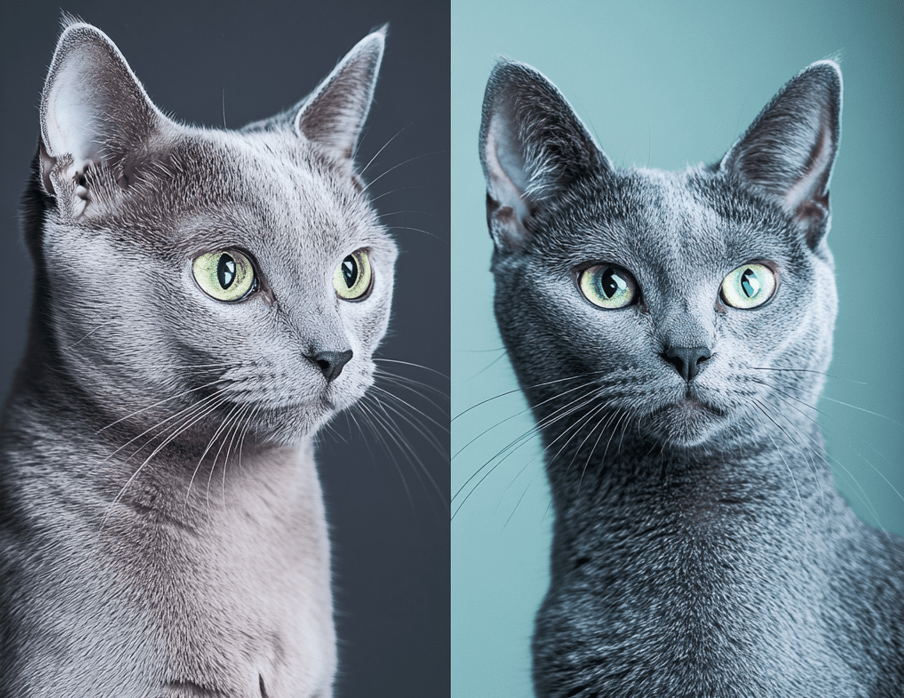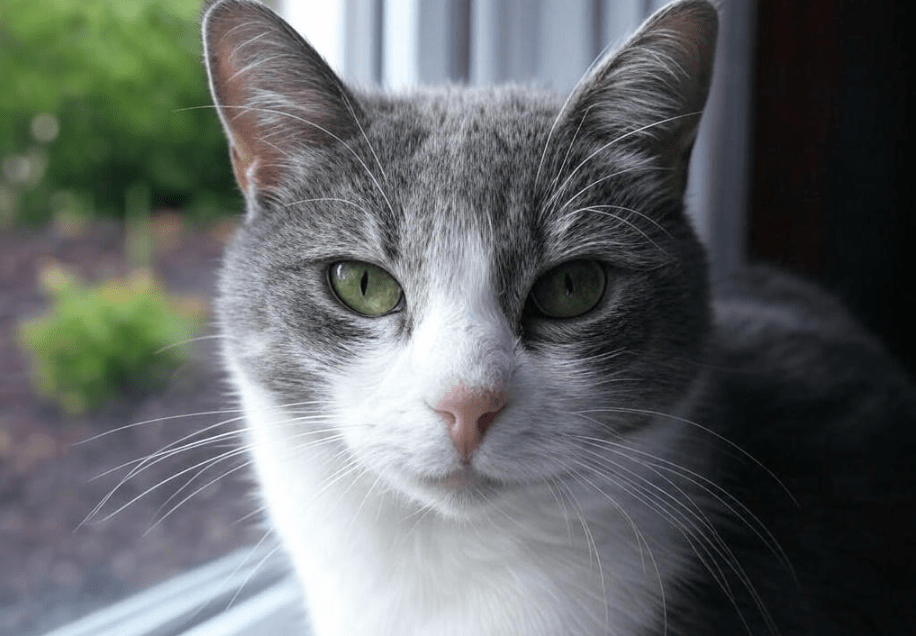
Treating fleas in Domestic Shorthairs naturally is a priority for cat owners seeking safe, eco-friendly solutions to protect their pets from these pesky parasites. Domestic Shorthairs, with their dense coats and active lifestyles, are prone to flea infestations, which can cause discomfort, itching, and health issues. This comprehensive guide explores how to identify flea infestations, understand their impact, and implement natural remedies to eliminate fleas effectively. By using non-toxic methods, you can ensure your Domestic Shorthair remains healthy and comfortable while maintaining a chemical-free home.
Understanding Fleas and Their Impact on Domestic Shorthairs
Fleas are tiny, wingless parasites that feed on the blood of mammals, including cats. Domestic Shorthairs, one of the most common cat breeds, are particularly susceptible due to their short, dense coats, which provide an ideal hiding spot for fleas. A flea infestation can lead to:
Skin Irritation: Persistent scratching and biting due to flea bites.
Allergic Reactions: Flea allergy dermatitis, causing redness, hair loss, and sores.
Secondary Infections: Bacterial infections from excessive scratching.
Parasite Transmission: Fleas can carry tapeworms, which may infect your cat.
Anemia: In severe cases, heavy flea infestations can cause blood loss, especially in kittens.
Recognizing and treating fleas promptly is essential to prevent these health complications and restore your Domestic Shorthair’s well-being.
Recognizing a Flea Infestation in Domestic Shorthairs
Before treating fleas in Domestic Shorthairs naturally, you must confirm an infestation. Look for these common signs:
1. Excessive Scratching or Grooming
Fleas cause intense itching, leading your cat to scratch, bite, or lick excessively, particularly around the neck, back, and base of the tail.
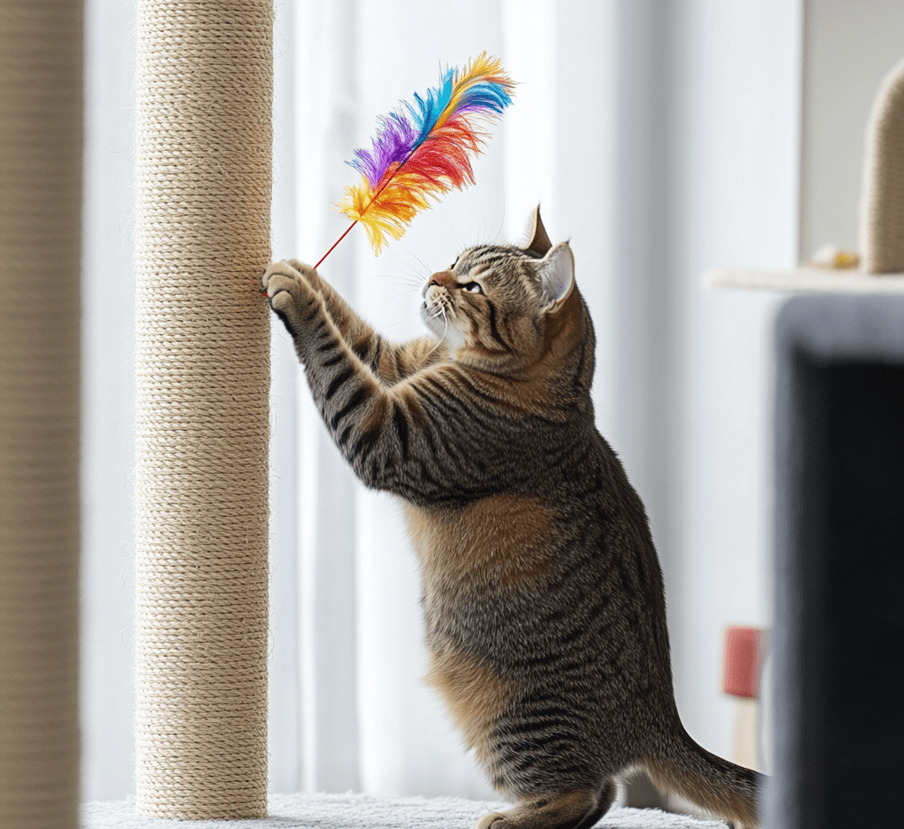
2. Visible Fleas or Flea Dirt
Part your cat’s fur to check for tiny, fast-moving fleas or black specks (flea dirt). Flea dirt, which is flea feces, looks like pepper and turns reddish-brown when wet.
3. Skin Changes
Red, inflamed skin, scabs, or hair loss may indicate flea bites or flea allergy dermatitis.
4. Behavioral Changes
Irritability, restlessness, or lethargy can signal discomfort from fleas.
5. Tapeworm Segments
Small, white, rice-like segments near your cat’s anus or in their bedding may indicate a tapeworm infection contracted from fleas.
To confirm fleas, use a fine-toothed flea comb to comb through your Domestic Shorthair’s fur, focusing on the neck and base of the tail. Place any debris on a white paper towel and add a drop of water—if it turns red, it’s flea dirt.
Why Choose Natural Flea Treatments for Domestic Shorthairs?
Natural flea treatments are gaining popularity among cat owners due to their safety and environmental benefits. Unlike chemical treatments, which may contain pesticides like fipronil or imidacloprid, natural remedies:
Minimize Health Risks: Reduce the risk of skin irritation or toxicity, especially for sensitive Domestic Shorthairs.
Are Eco-Friendly: Avoid harmful chemicals that can linger in your home or harm the environment.
Support Holistic Care: Align with a natural, wellness-focused approach to pet care.
Are Cost-Effective: Often use common household items or affordable ingredients.
However, natural treatments require consistency and may take longer to eliminate fleas completely. Combining multiple methods and maintaining a clean environment is key to success.
Natural Methods for Treating Fleas in Domestic Shorthairs
Below are proven, natural strategies to treat fleas in Domestic Shorthairs effectively. Always monitor your cat’s response and consult a veterinarian if you’re unsure about a remedy’s safety.
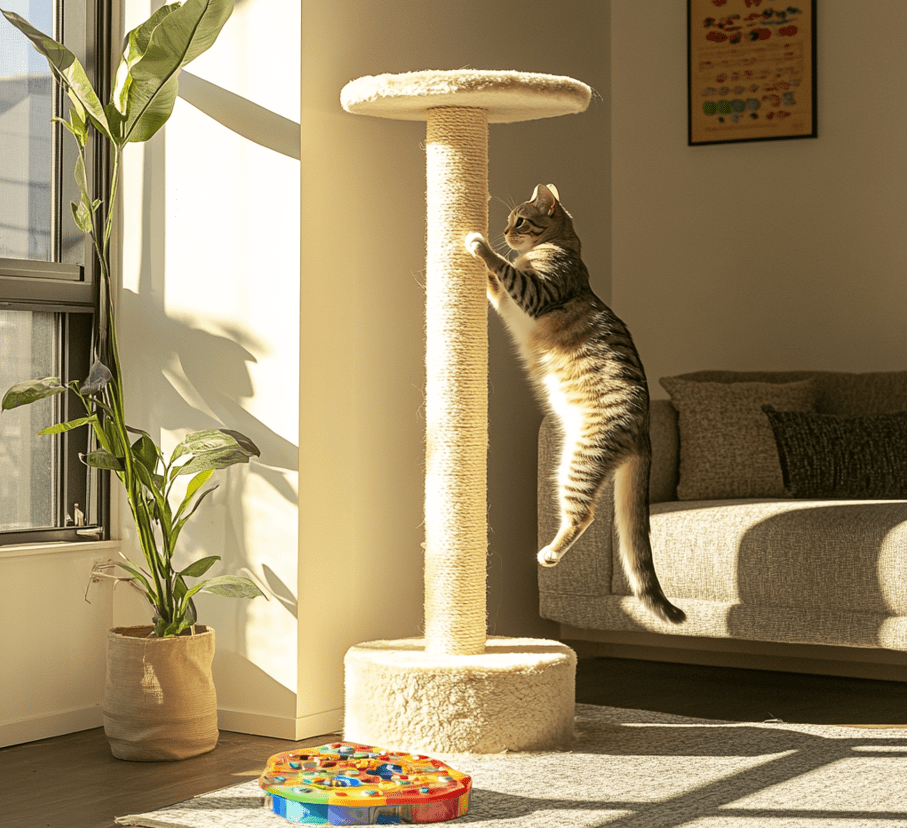
1. Regular Flea Combing
Flea combing is a simple, non-toxic way to remove fleas and flea dirt from your cat’s coat.
How to Do It: Use a fine-toothed flea comb and comb your Domestic Shorthair daily, focusing on flea-prone areas. Dip the comb in soapy water after each pass to drown fleas.
Benefits: Removes adult fleas and prevents them from laying eggs.
Tip: Reward your cat with treats to make combing a positive experience.
2. Bathing with Mild, Natural Shampoo
Bathing can kill fleas and soothe your cat’s irritated skin.
How to Do It: Use a mild, cat-safe shampoo (e.g., oatmeal-based or aloe vera) or add a few drops of neem oil to a gentle pet shampoo. Wet your cat, lather thoroughly, and rinse well. Avoid the eyes and ears.
Frequency: Bathe every 1–2 weeks during an infestation, as frequent bathing can dry out their skin.
Benefits: Kills fleas on contact and removes flea dirt.
Caution: Ensure the water is lukewarm, and dry your cat thoroughly to prevent chilling.
3. Apple Cider Vinegar (ACV) Spray
Apple cider vinegar is a natural flea repellent due to its acidic properties.
How to Make It: Mix one part ACV with two parts water in a spray bottle. Lightly mist your cat’s coat, avoiding the face, and comb through to distribute.
Benefits: Repels fleas and soothes itchy skin.
Caution: Test on a small area first to ensure your cat doesn’t have a sensitivity. Never use undiluted ACV.
4. Diatomaceous Earth (Food-Grade)
Diatomaceous earth (DE) is a fine powder that dehydrates and kills fleas.
How to Use It: Sprinkle food-grade DE lightly on your cat’s coat, avoiding the face, and gently rub it in. Leave for 24–48 hours, then comb or bathe it out. Apply DE to bedding, carpets, and furniture, then vacuum after 48 hours.
Benefits: Kills fleas and their larvae without chemicals.
Caution: Use only food-grade DE, as pool-grade DE is toxic. Avoid inhalation by applying in a well-ventilated area.
5. Herbal Flea Collars
Herbal flea collars use essential oils to repel fleas naturally.
How to Make It: Soak a cloth collar in a mixture of water and a few drops of cat-safe essential oils like cedarwood or lavender (diluted properly). Alternatively, purchase pre-made herbal collars from reputable pet stores.
Benefits: Provides ongoing flea protection.
Caution: Essential oils can be toxic to cats if misused. Always dilute them and consult a vet before use.
6. Lemon Rinse
Lemon’s citric acid repels fleas and leaves your cat’s coat shiny.
How to Make It: Boil a sliced lemon in water, let it steep overnight, and strain. Sponge or spray the solution onto your cat’s coat, avoiding the face, and comb through.
Benefits: Repels fleas and soothes skin.
Frequency: Use once a week during an infestation.
7. Environmental Control
Fleas thrive in your home, so treating your environment is crucial.
Vacuum Regularly: Vacuum carpets, furniture, and cat bedding daily to remove fleas, eggs, and larvae. Dispose of the vacuum bag or clean the canister immediately.
Wash Bedding: Wash your cat’s bedding in hot water weekly.
Use Baking Soda and Salt: Sprinkle a mixture of baking soda and salt on carpets, let it sit for 24 hours, then vacuum. This dehydrates fleas and their eggs.
Maintain Your Yard: Keep grass trimmed and remove debris where fleas may hide.
Preventing Flea Infestations in Domestic Shorthairs
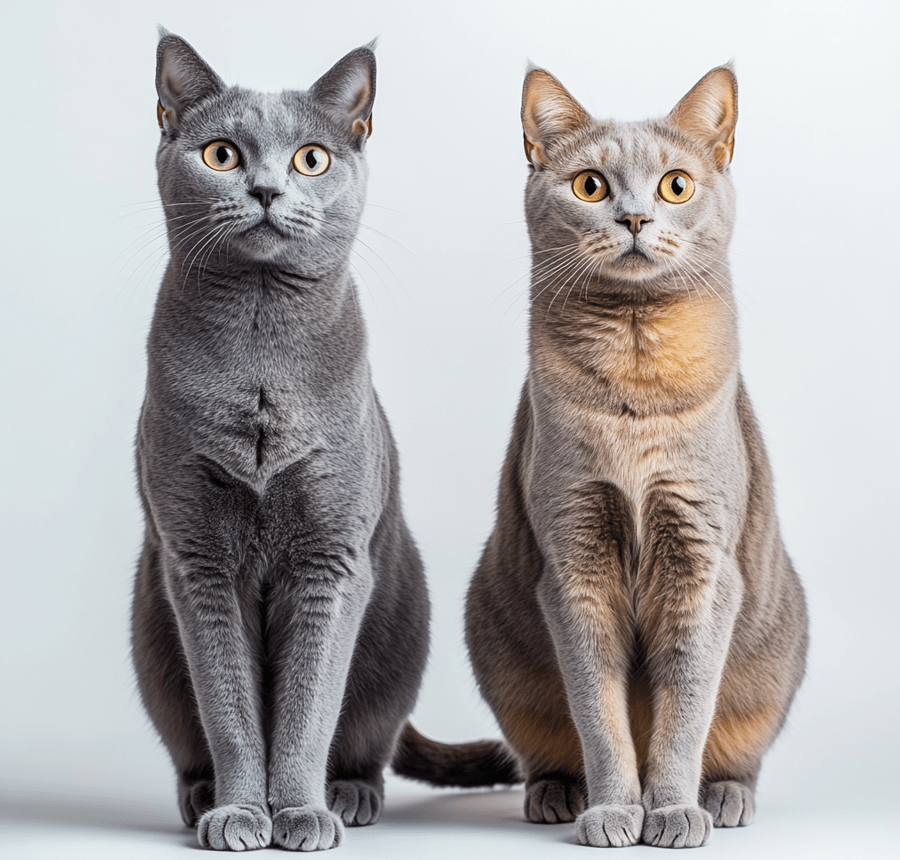
Prevention is easier than treating an active infestation. Implement these strategies to keep fleas at bay:
Regular Grooming: Brush and comb your Domestic Shorthair weekly to catch fleas early.
Clean Home: Vacuum and wash bedding regularly to disrupt the flea life cycle.
Natural Repellents: Use ACV sprays or lemon rinses as preventive treatments.
Monitor Outdoor Time: If your Domestic Shorthair goes outside, check for fleas after each outing.
Healthy Diet: Feed a balanced diet to support your cat’s immune system, making them less appealing to fleas.
Common Mistakes to Avoid
When treating fleas naturally, steer clear of these pitfalls:
Using Unsafe Essential Oils: Oils like tea tree or eucalyptus are toxic to cats. Always use cat-safe oils and dilute them properly.
Neglecting the Environment: Treating only your cat allows fleas to reinfest from carpets or bedding.
Inconsistent Treatment: Natural remedies require regular application to be effective.
Ignoring Veterinary Advice: If fleas persist or your cat shows signs of illness, consult a vet promptly.
When to Consult a Veterinarian
While natural treatments are effective for mild infestations, professional help may be needed if:
1.Your cat develops severe skin infections or flea allergy dermatitis.
2.You suspect tapeworms or other flea-related health issues.
3.Natural remedies don’t reduce the flea population after 2–3 weeks.
4.Your Domestic Shorthair shows signs of anemia (pale gums, lethargy).
A veterinarian can recommend safe, natural-friendly treatments or prescribe medication for severe cases, ensuring your cat’s health is protected.
Building a Flea-Free Life for Your Domestic Shorthair
Treating fleas in Domestic Shorthairs naturally requires a combination of diligence, natural remedies, and environmental management. By recognizing the signs of fleas early, using safe treatments like flea combing, ACV sprays, and diatomaceous earth, and maintaining a clean home, you can keep your cat comfortable and flea-free. Regular grooming and preventive measures will further protect your Domestic Shorthair from future infestations, ensuring they lead a healthy, happy life.
Conclusion

Recognizing and treating fleas in Domestic Shorthairs naturally is an effective, safe way to protect your cat from these persistent parasites. By combining regular grooming, natural remedies like lemon rinses and diatomaceous earth, and thorough environmental cleaning, you can eliminate fleas and prevent their return. With patience and consistency, your Domestic Shorthair can enjoy a flea-free life, free from the discomfort and health risks of infestations. For persistent issues, consult a veterinarian to ensure your cat’s well-being.

